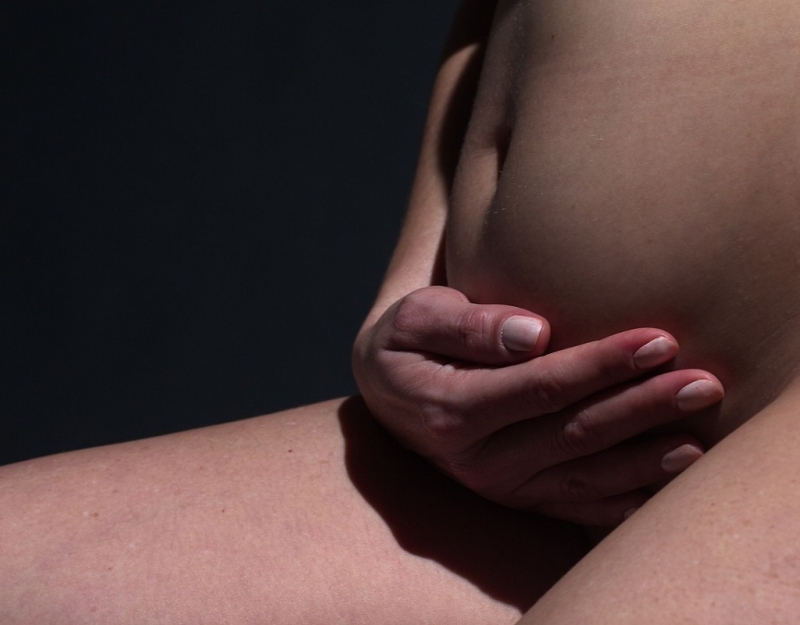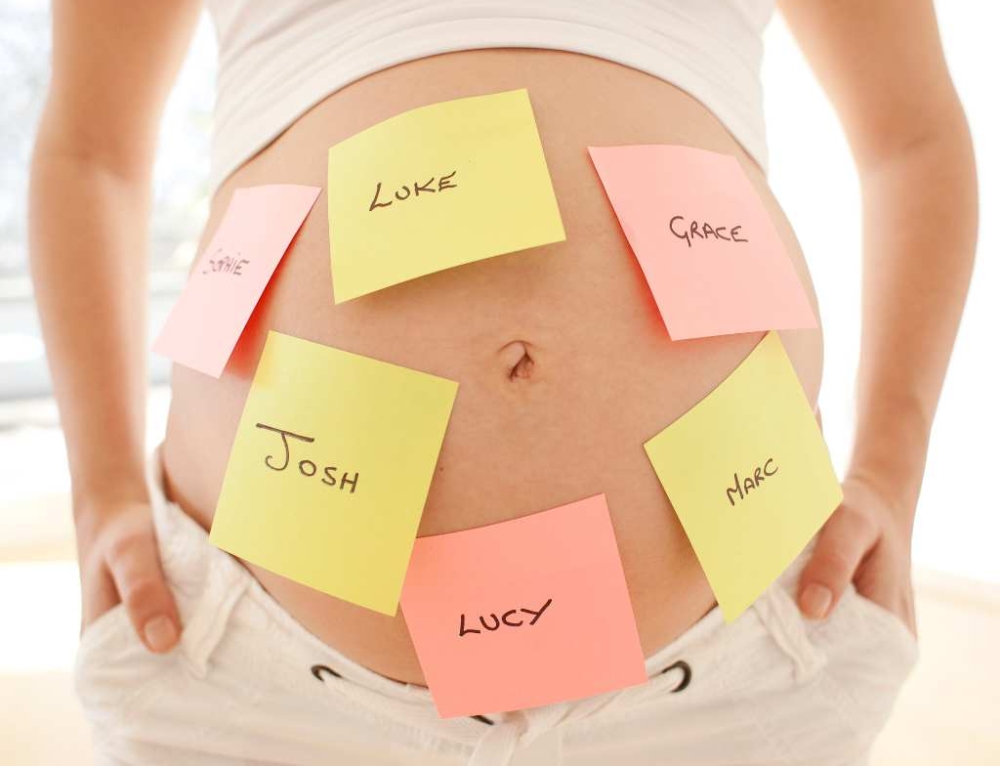Each stage of the labour is characterised by different types of contractions. During the 1st stage of labour each contraction makes the uterine muscles slightly shorten, and in doing this they pull up the cervix into the lower segment of the uterus. The shortening of uterine muscles decreases the size of the uterine space, so the baby is pushed down and out the vagina (or birth canal).
Waves of contractions start at the top of the uterus (called the fundus) and radiate down the uterus to the cervix. Simultaneously, the lower segment of the uterus is pulled up, to open the cervix.
There is a wide range of variations in labour patterns, because every woman is uniquely different. Early and active 1st stage contractions are usually defined as pains that come every 2, 3, 4 or 5 minutes (timed from the beginning of one contraction to the beginning of the next contraction). They usually last more than 40 seconds and up to 70 seconds each time. Prelabour contractions are usually further apart, shorter in length (or very long eg. 2 minutes) and can often be erratic.
About prelabour contractions
Below are some examples of how prelabour contractions may emerge before the first stage of labour truly begins. These patterns can occur the day you start labour, 2 to 3 days leading up to the day you start seriously labouring, or on and off for 2 to 3 weeks before labour begins……
Prelabour contractions may:
- Start with regular contractions that are 10, 15 or 30 minutes apart, lasting for approximately 20 to 40 seconds. A regular pattern can start to emerge as the contractions become stronger, longer and closer together over time, until the early first stage of labour becomes recognisable. OR
- Be strong contractions lasting 20 to 30 seconds coming around 5 or more minutes apart. This may happen early every morning or late at night, lasting for a couple of hours and then stopping, perhaps on and off for a couple of days or even a few weeks before your actual ‘labour day’. OR
- Come in various patterns at the end of the day when feeling tired or trying to get some sleep. The contractions can be strong and some women will use a bath or hot water bottle to relieve them. Most women eventually fall asleep after a while, waking up still pregnant! OR
- Be a dull ache in the lower belly, upper thighs and / or lower back. Some women experience strong, period cramping lasting 2 to 3 minutes or more over many days, on and off for 2 to 3 weeks. OR
- Come as a series of painful contractions that are irregular (say 3, 5, 7, 10, 15, 30 minutes apart at various times) and lasting for 20 to 40 seconds around the clock for two or more days, with no regular rhythm developing making it difficult to rest or sleep. OR
- Be painful, but not enough to stop you doing normal tasks. OR
- Not be particularly noticeable. You may have slept through most of them during the night, or you may confuse them with the discomforts of late pregnancy. OR
- Not start at all!
Coping with prelabour contractions
Many women find their prelabour contractions difficult to cope with. This is particularly the case if the contractions are somewhat painful and seemingly relentless. Some women are too uncomfortable to have a good sleep and become disheartened because they are not really in established labour yet.
If you do go into the hospital during prelabour (because you feel like it is the start of your established labour), your caregiver will probably send you home again until the pattern changes (or suggest inducing the labour). If your caregiver allows you to stay for an hour or two to settle in, sometimes the pattern of contractions changes and intensifies on its own. This happens for some women because they are now in the place they intend to give birth and being there helps them to relax enough for the labour to progress. If you are planning a homebirth, this may also be apparent once your midwife arrives at your home.
Many women feel like they are between a ‘rock and a hard place’ during prelabour. If your prelabour is prolonged, the inevitable tiredness that ensues (often for the partner as well) can contribute to a tendency to request drugs for pain relief or accept an induction to ‘get things going’ in a sense.
Some women feel OK about their prelabour but their caregiver strongly suggests they accept some intervention to ‘get the show on the road’. If both you and your caregiver feel this is the right decision for you, then use the options you feel comfortable with.
For others who wish to continue (and avoid unnecessary intervention), you may feel some comfort in knowing that prelabour primes your cervix very well, so that once you start established labour the progress is often comparatively rapid. From this perspective prelabour can feel like a ‘positive pain’ experience that gets much of the work done before the strong labour begins in earnest.







Leave A Comment
You must be logged in to post a comment.